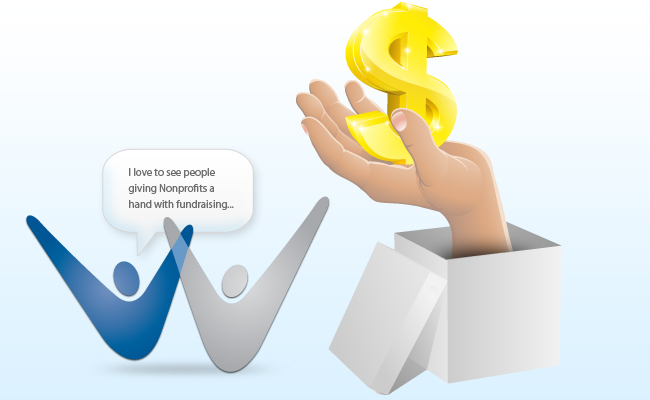From Nonprofit Quarterly – nonprofitquarterly.org
Editors’ note: The following article was excerpted from the book The Science of Giving: Experimental Approaches to the Study of Charity, edited by Danny Oppenheimer and Christopher Olivola. The chapter, entitled “Social Influences in Giving: Field Experiences in Public Radio,” by Rachel Croson and Jen (Yue) Shang, provides an approach to understanding the role of social information in fundraising.
While the public broadcasting environment in which the study was conducted may seem unique, we believe that this article holds implications for online fundraising specifically and also for individual donor fundraising in general.
What social information about fellow donors and a donor’s own network has an impact on gift size? This article reviews research in the field, but there is much more to find out.
Individual donations are the bread and butter of the public broadcasting industry in the United States. In 2006, more than 800 member radio stations collected $275 million from individual donors. 1 These donations were collected based on the fundraising principle that public services drive public support: that is, when people listen, they give;? when audience declines, so do donations. 2
This wisdom has inspired sophisticated practices, such as distinguishing between core and fringe listeners, understanding how listener loyalty translates into donations, and learning how to design fundraising appeals to remind people of the importance of listening to public radio. This mental model of fundraising, however, assumes a one-to-one relationship between a station and a donor in the transaction of service and support and does not typically incorporate into the equation the social environment surrounding listeners and donors.
In contrast, our research expands the vision of giving to include the social environment of public-radio donors. The focus of this research is to understand the social environment that surrounds audiences’ listening and donating behavior. Our research highlights the observation that listeners and donors are not only individuals who act on their own but also social animals. 3 They live in connection with one another. Audience research can indicate how much an individual listens, but it does not tell us how long they listen with friends, how much they talk with others about the programs they listen to, how often they discuss their donation decisions with their family, how their donations are influenced by others’ donations, or how much listening and donating constitutes their self-identity. 4
Our research set out to study this social context surrounding listening to public radio and, in turn, donating. So, first, we review the research on how providing potential donors with information on other donors’ contributions affects donations. Second, we discuss the impact of such information on others’ use of or value of the organization.
Models of charitable giving typically balance these two factors within the individual. In deciding whether or how much to give, an individual compares the value of an organization’s services with his potential contribution. He contributes up to the amount that he values an organization’s work. We argue for an expanded conception of an individual’s value of an organization that includes not only the value an individual receives but also the value his social network receives. What members of the network value increases their satisfaction and, thus, our own. Thus supporting services that provide value to one’s social network in turn supports one’s own values… READ MORE

